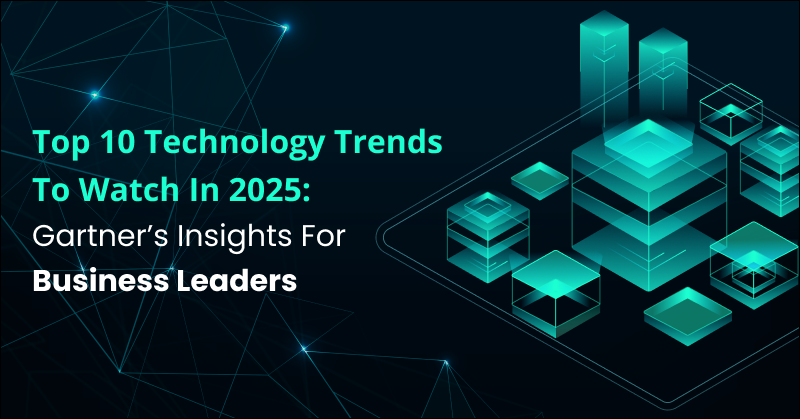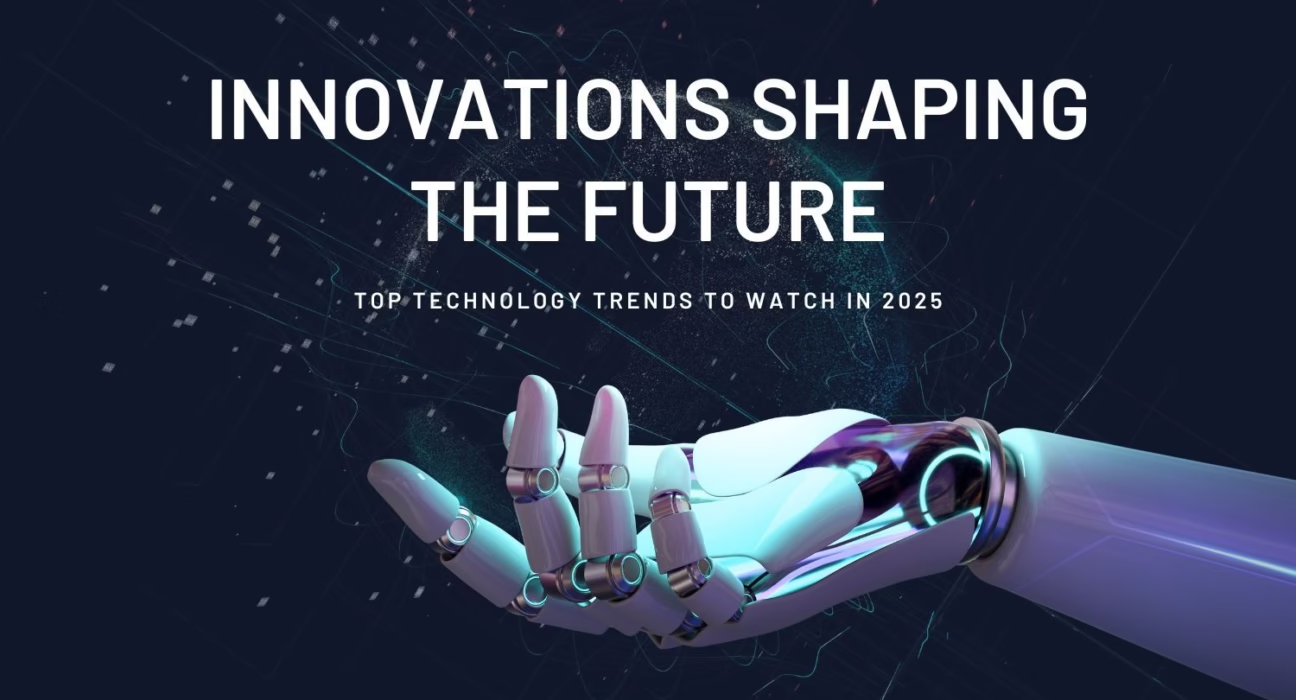Introduction: Setting the Stage for Innovation
The technological landscape continues to evolve at an extraordinary pace, and November 2025 marks a pivotal moment where innovation extends far beyond artificial intelligence alone. While AI dominates industry investment and infrastructure planning, equally transformative breakthroughs are reshaping healthcare, energy, agriculture, and virtually every sector of the economy. Understanding these developments is essential for businesses and individuals seeking to remain competitive in an increasingly tech-driven world.
This post will offer insights into the latest tech news November 2025, providing a comprehensive overview of the November 2025 technology trends. We will explore key areas, including revolutionary AI breakthroughs 2025 and emerging technology innovations 2025, to give you a clear picture of what the future holds.
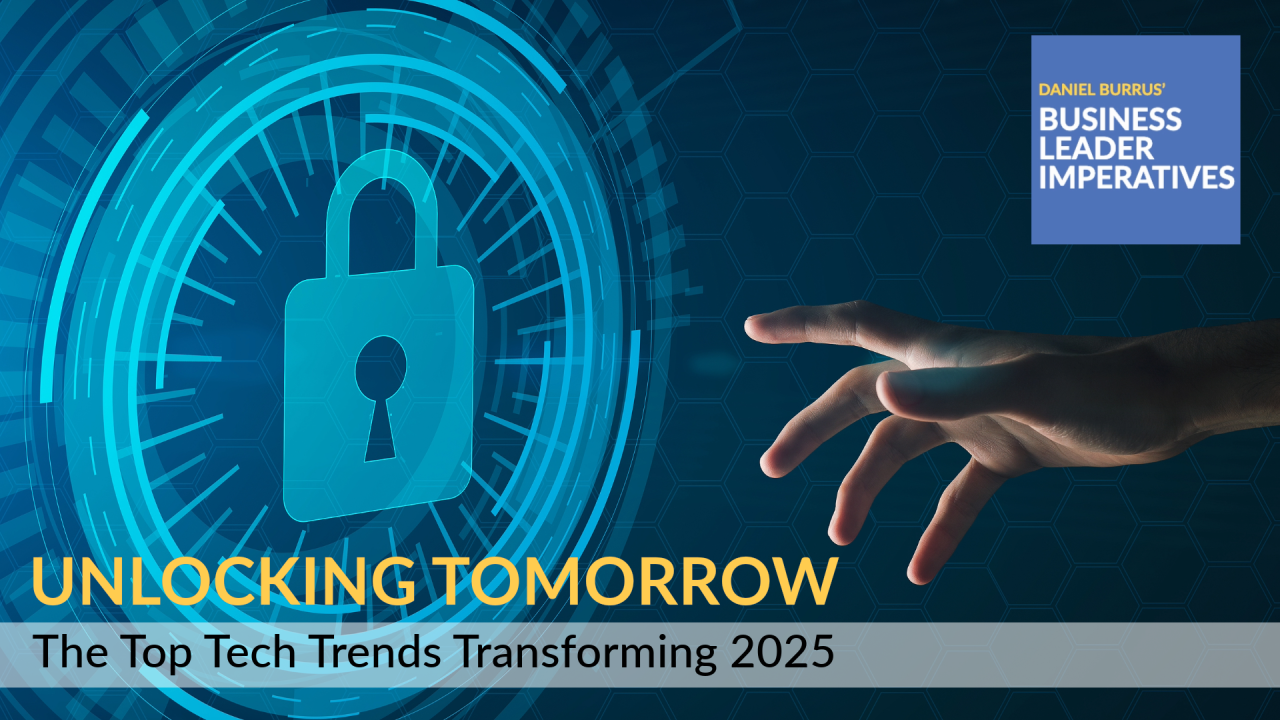
The Maturing AI Revolution: From Hype to Infrastructure
Dive deep into the realm of revolutionary AI breakthroughs 2025. Generative AI has moved beyond its novelty phase and now represents a fundamental infrastructure challenge for organizations worldwide. The revolution in content creation through models like GPT-4o continues to enable applications across marketing, entertainment, and education.
However, training large language models and running inference for AI features requires enormous GPU fleets, forcing infrastructure teams to adopt approaches previously reserved for supercomputing environments. The industry is shifting away from ad-hoc prompting toward more rigorous context engineering, a practice that involves carefully preparing and feeding structured background information to AI models for reliable performance.
This evolution reflects a growing recognition that static large language models have inherent limitations. Models cannot see past their training data cutoff, necessitating sophisticated techniques to achieve consistent results. Perhaps the most significant development is the transition from chatbots to agentic workflows. AI agents, supported by protocols like Model Context Protocol (MCP), Agent-to-Agent communication, and specialized AI user interfaces, represent a major organizational shift. In less than a year, thousands of MCP servers have been deployed, creating bridges to everything from GitHub to enterprise resource planning systems like SAP. This addresses previous AI limitations by enabling autonomous, goal-oriented operations.
Driving these developments, AI is becoming more efficient, affordable, and accessible through increasingly capable small models that reduce inference costs. Integrating Google AI model trending topics, we can see how Google’s advancements in AI efficiency, context engineering, and agentic workflows are likely to shape industry trends and discussions in late 2025, with innovations like Gemini CLI features for developers and AI camera features in Pixel devices showcasing this trend.

Table of Contents
- Introduction: Setting the Stage for Innovation
- The Maturing AI Revolution: From Hype to Infrastructure
- Beyond AI: A Spectrum of Emerging Technology Innovations
- The Pulse of Progress: Latest Tech News and Breakthroughs
- Critical Considerations for Organizations: Navigating the Future
- Final Thoughts: Embracing the Evolving Technological Landscape
Beyond AI: A Spectrum of Emerging Technology Innovations
While AI continues its rapid ascent, emerging technology innovations 2025 are painting an even broader picture of technological advancement.
- Quantum Computing: This field leverages quantum mechanics to perform complex computations at unprecedented speeds, with the potential to solve problems beyond classical computing capabilities. Its transformative promise for cryptography, material science, and pharmaceuticals—domains where computational complexity has previously limited progress—is immense.
- 5G Expansion: The global rollout of 5G networks continues to enhance connectivity with higher speeds and lower latency, facilitating advancements in Internet of Things devices, autonomous vehicles, and smart cities.
- Extended Reality (VR/AR): Virtual Reality 2.0 and Augmented Reality represent an evolution beyond gaming into professional and educational applications. VR now supports virtual meetings, education, and virtual tourism, while AR overlays digital information onto the real world, enhancing experiences in retail, healthcare, and navigation. Extended Reality technologies are reshaping training across healthcare, manufacturing, and military sectors by providing immersive learning environments. Innovations like the Meta Quest 3 and the anticipated Apple Vision Pro 2 are pushing the boundaries of spatial computing.
- IoT and Edge Computing: IoT devices serve as central components in developing smart cities, enabling real-time data collection and management of urban infrastructure, including smart traffic systems and energy-efficient buildings. Edge computing processes data closer to its source, reducing latency and bandwidth usage—essential for real-time applications like autonomous vehicles, IoT devices, and remote healthcare services.
- Biotechnology: Innovations in biotechnology are revolutionizing agriculture through genetically modified crops, precision farming, and sustainable practices designed to increase yield while reducing environmental impact. Simultaneously, personalized medicine advances in genomics enable treatments tailored to individual genetic profiles, promising more effective therapies with fewer side effects, exemplified by tools like AlphaFold 3 for AI drug discovery.
- Autonomous Systems: Self-driving cars and drones are progressing rapidly, with significant investment from major companies developing safe and efficient autonomous systems for both personal and commercial use, driving forward the future of AI-powered transportation.
- Sustainability and Green Energy: Renewable energy innovations continue advancing through improvements in solar, wind, and energy storage solutions. Sustainable technology encompasses eco-friendly innovations across manufacturing, energy-efficient devices, and circular economy approaches like upcycling and recycling, reflecting a growing commitment to environmental responsibility through AI-powered sustainability initiatives.
- Food and Beverage Sector Investments: This sector is prioritizing AI, supply chain tracking, big data, automation, and cloud computing. Investments in advanced pathogen identification technologies (rapid microbiology, DNA sequencing, biosensors) and real-time monitoring systems are notable. The industry also demonstrates a commitment to sustainability through energy efficiency and water conservation.

The Pulse of Progress: Latest Tech News and Breakthroughs
Synthesizing the latest tech news November 2025 reveals specific, recent announcements that exemplify these trends. We’re seeing a surge in AI agent platform launches, significant quantum computing milestones, major AR/VR application deployments, new sustainable energy solutions making headlines, and specific biotechnology advancements reported in early November 2025. These concrete examples connect back to the broader November 2025 technology trends and emerging technology innovations 2025.
Additional breakthrough areas include:
- Wearable health monitors are providing real-time health insights and early disease detection, with advancements seen in devices like the Samsung Galaxy Watch 7 and a focus on AI-powered health features. The latest innovations in wearable tech, from fitness trackers to smartwatches, are crucial for proactive health management.
- Synthetic media continues to impact creative industries, sparking ethical debates but also enabling groundbreaking AI-powered CGI.
- Advanced robotics are boosting efficiency and safety in manufacturing, healthcare, and services, with agentic AI robotics breakthroughs in 2025 paving the way for more sophisticated automation.
- Digital twins are becoming integral to manufacturing, urban planning, and healthcare, offering digital replicas for simulation and analysis.
- AI-driven cybersecurity is rapidly evolving to predict, prevent, and respond to threats, with breakthroughs in AI cyber defense and an increasing focus on unbeatable AI cloud security. Staying safe online with robust cybersecurity tips is paramount.
- Telemedicine is expanding global access to medical care, making healthcare more accessible than ever.
- Nanotechnology advancements are showing promise in medicine, materials, and energy, offering microscopic solutions to macroscopic problems.
- Voice-activated technology and assistants are becoming more sophisticated, with explosive growth in AI-powered virtual assistants enhancing user interaction.
- Space tourism is moving from science fiction to reality, with game-changing AI-powered space tech on the horizon.
- Neuromorphic computing is exploring brain-like processing for more efficient and powerful AI.
- Hybrid work technologies are being enhanced by powerful AI collaboration tools, facilitating seamless remote work experiences.

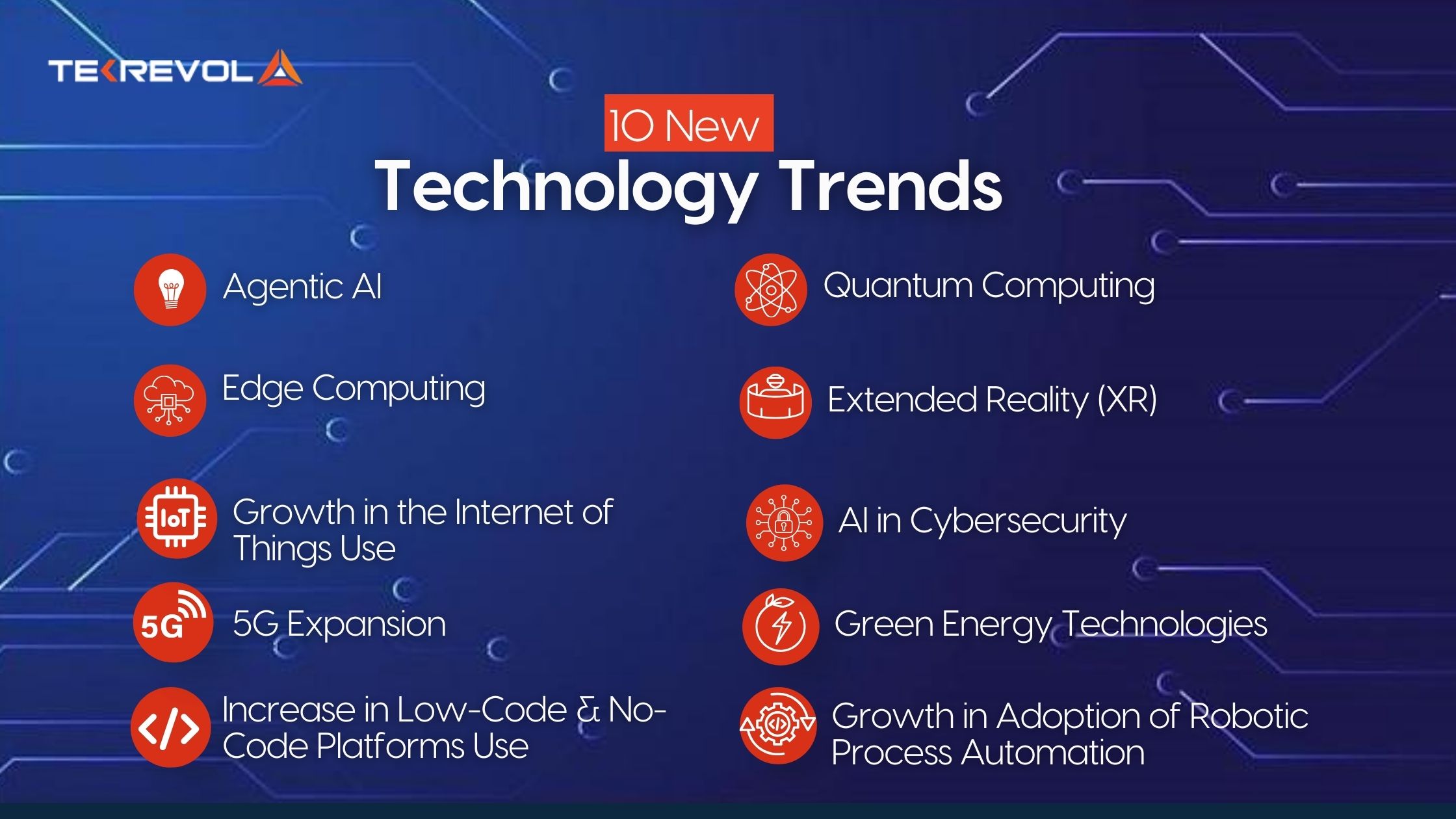
Critical Considerations for Organizations: Navigating the Future
As organizations rapidly deploy AI solutions, AI-accelerated shadow IT remains a significant concern. No-code automation platforms now allow users to integrate directly with OpenAI or Anthropic APIs, creating tempting shortcuts that bypass IT department oversight. While these integrations can yield quick wins, they pose maintainability and security risks, including data leaks and unmonitored processes. Microsoft’s Copilot debuting on Android and integrating with File Explorer exemplifies this trend, highlighting the need for careful management.
Across sectors, technology investment priorities demonstrate convergence around digital transformation fundamentals: artificial intelligence, supply chain optimization, data analytics, automation, and cloud computing infrastructure form the cornerstone of 2025 technology strategies. This is evident in the food and beverage sector, where professionals plan significant investments in AI and supply chain tracking systems. Similarly, advancements in Samsung’s Galaxy devices, from the S25 Ultra’s AI camera upgrades to the evolving Galaxy Z Fold and Flip series, showcase the integration of AI and enhanced hardware capabilities.
The focus on AI extends to wearable technology, with features like AI health monitoring in the Samsung Galaxy Watch 7. Companies are investing in robust cloud computing systems and data analytics to drive these transformations. The pursuit of thinner, lighter designs and improved camera systems, as seen in leaks for the Samsung Galaxy Z Fold 7 and the iPhone 17 Pro Max, reflects a continuous drive for hardware innovation alongside software capabilities.
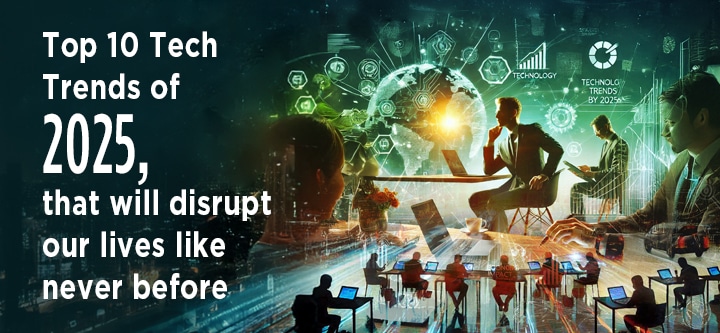

Final Thoughts: Embracing the Evolving Technological Landscape
In summary, the key takeaways regarding revolutionary AI breakthroughs 2025 and the diverse array of emerging technology innovations 2025 underscore a period of unprecedented change. Staying informed about the latest tech news November 2025 is not just beneficial; it’s a strategic imperative for both individuals and businesses navigating this dynamic landscape. The convergence of these technologies promises to shape the future, emphasizing the continuous evolution of November 2025 technology trends. We encourage you to stay curious and proactive in adopting and understanding these advancements as they unfold.
